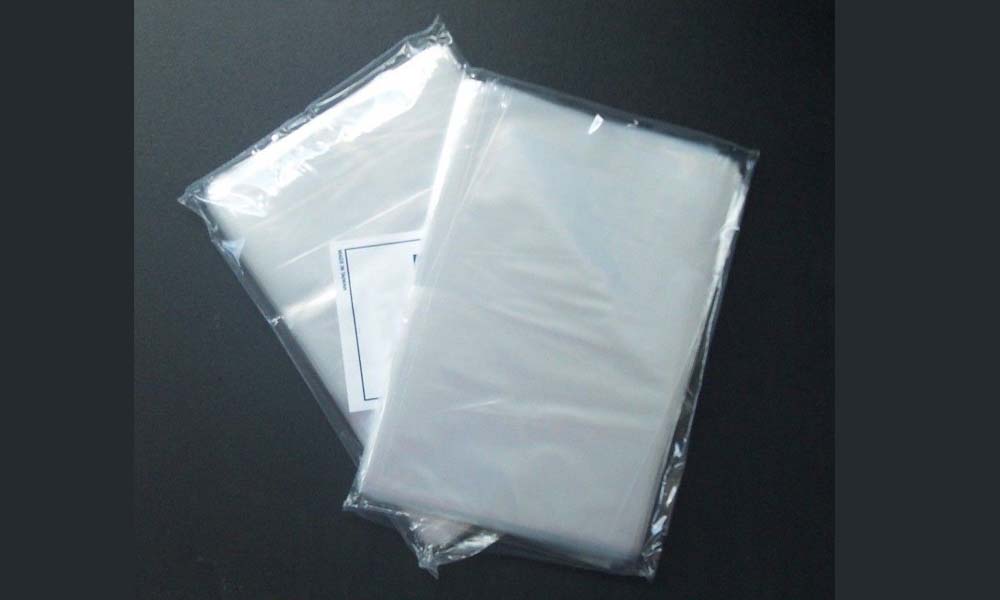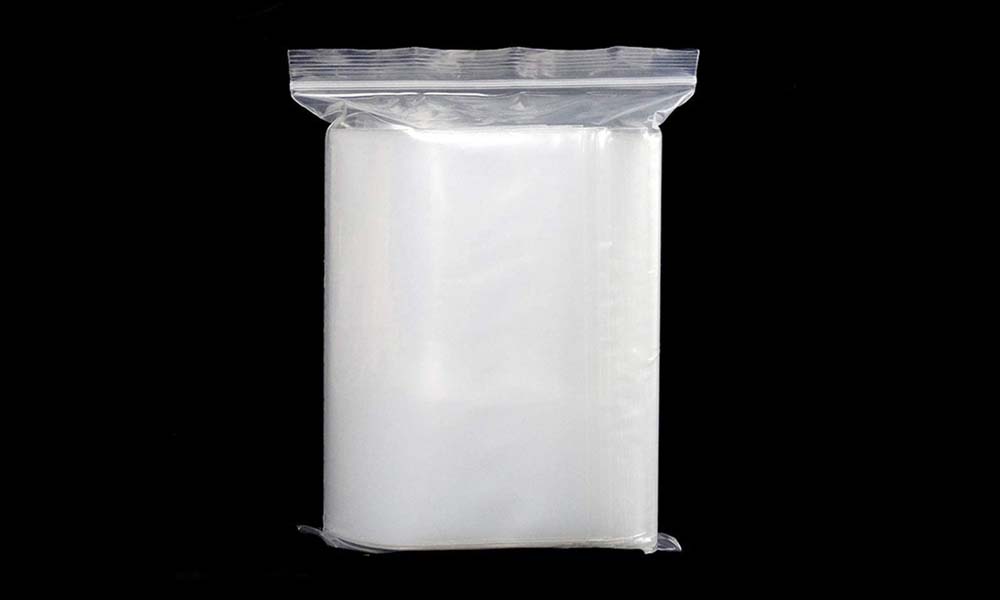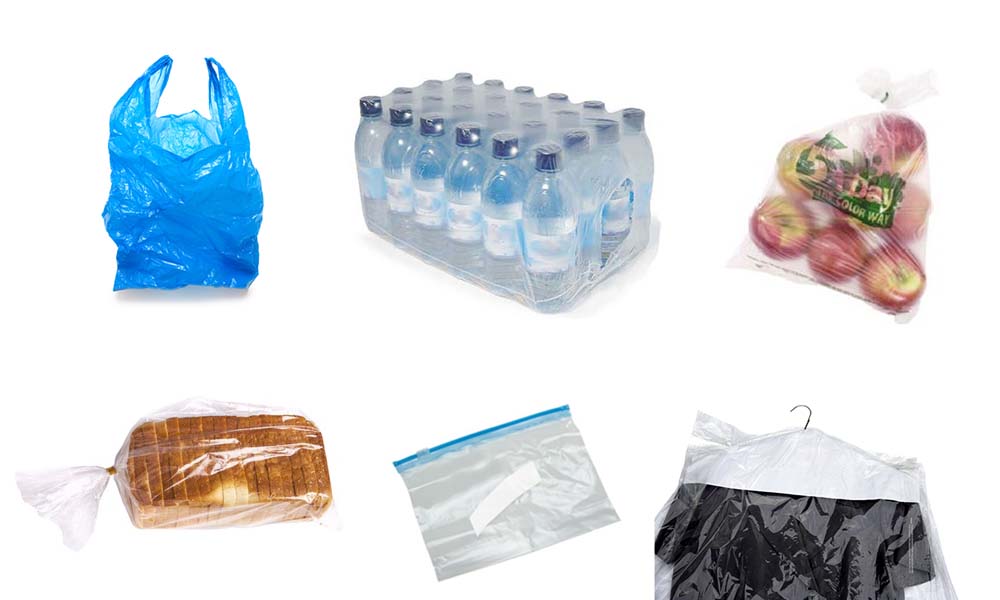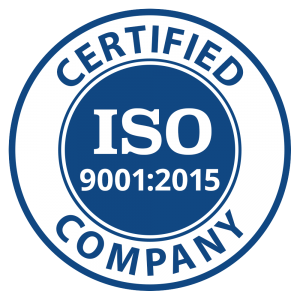Flexible packaging has seen tremendous growth globally, with an annual growth rate of 3.8% within North America alone. It can be found in a vast array of shapes and sizes containing a wide array of products such as coffee, laundry detergent, baby food, cat litter, single-serve juices, motor oil, toothpaste, and even more. Packages can be made with a single layer, a mono-material laminate (i.e. multiple layers from the same polymer), or the more complicated, multi-material laminate (made from multiple layers from different polymers). Flexible packaging can also include papers and metals as key components, closures using zips, spouts or reseal adhesives, and various additives. While these packaging designs and formulations offer specialized benefits, recovery rates are low or non-existent.
With a global focus on the sustainability of plastics, end-of-life management of flexible packaging has become a priority. Landfill/disposal is the default end-of-life option, with some life cycle assessment studies even suggesting that flexible packaging, if disposed of properly, is still a better environmental packaging choice compared with other more recyclable materials. Other options include thermal (e.g., energy from waste) and chemical treatment. Alternatively, reduction-based approaches aim to lower (e.g., light-weighting) or eliminate material needs, and reuse approaches replace flexible packaging with more durable solutions.

If the disposal is not the preferred option, more economically viable and sustainable designs and an understanding of the basic polymer properties and construction processes of a flexible package will be required in order to identify an end-of-life value solution.
Read more: The method of folding shopping bags, supermarket bags into knots
Important construction properties of a flexible package include:
- Mechanical (e.g. tensile strength or tear resistance)
- Barrier (e.g. oxygen or water)
- Sealability (e.g. heat-sealing)
- Aesthetic (e.g. printing)
The ubiquitous potato chip bag offers a good example of what’s involved in a particular flexible packaging format. Manufactured with extrusion lamination, it typically uses polypropylene as a moisture and odor barrier, low-density polyethylene (LDPE) for strength and grease resistance, and a thermoplastic resin for puncture resistance and heat-sealing.
For example, metalized polyester films are an excellent barrier to moisture and oxygen. Other layers are employed purely to improve aesthetics, such as an extra layer to allow reverse printing or metallic foil as a base for the eye-catching foil stamping seen on products like chocolate and coffee. Additionally, a myriad of additives offers specialized performance factors (e.g. anti-static, anti-slip, anti-fogging, UV barrier, optical brighteners).
However, some additives like optical brighteners cannot be removed in the recycling process and can create an unacceptable fluorescence for the next uses of the recycled polymer. As noted by the Association of Plastic Recyclers (APR), it is difficult to identify materials with negative effects like this until late in the recycling process, by which time significant cost has been added into a material of low value due to the additive. Furthermore, a recent report notes that certain additives also affect plastic density, leading to losses with certain sortation processes such as sink-float systems.
The growing sophistication of multiple polymers, additives, and closures offers many benefits but presents a significant challenge for recyclers to find economically viable ways to collect, sort, recycle and market the materials. The following is a sample of research and innovative initiatives that, in various ways, contribute to a deeper understanding of viable recycling of flexible packaging:
The UK’s REFLEX project studied the material composition of the post-consumer flexible packaging waste stream and found 80% to be polyethylene (PE) or polypropylene (PP). REFLEX tested PE and PP – laminated with PET, EVOH, and aluminum foil – to evaluate which materials are best used in flexible packaging from a recyclability viewpoint. They found PE/PP laminates produced well-mixed recyclates, with properties suitable for certain injection molding applications. They noted the potential for PE/PP to be reprocessed together “would simplify the recycling process for flexible packaging considerably, leading to greater yields and allow brand owners and packaging designers to use PE/PP laminates that are suitable for mechanical recycling.”

The challenges with multi-material properties have also created the impetus for mono-material innovation. In Ontario, Tempo Plastics is one of several businesses exploring mono-material solutions. Tempo uses DOW’s Recycle Ready Technology in their Harmony Pack, which uses only HDPE, achieving similar performance to multi-material flexible package.

For Ontario municipalities looking to improve their waste diversion rates, the amount of flexible packaging found in the waste streams serves as an opportunity to gain that additional 1 to 2% of diversion. Starting this fall, the City of London will undertake a two-year pilot project (CIF #1088) that seeks to improve the diversion of flexible packaging and other difficult to recycle plastics using the Hefty EnergyBag program promoted by Dow Chemical Company. Residents will be asked to place targeted materials into the program’s trademarked orange bags. Full bags are then to be co-collected with residents’ Blue Box materials for separation at the MRF and delivery to an end market. Learnings from the project are expected to include a better understanding of potential end markets along with the cost and operational implications of collecting and processing the targeted materials.
Flexible packaging projections show significant annual growth for the foreseeable future. This growth brings with it an evolving, complex array of formulations blending polymers, additives, and closures. The challenge facing recycling stakeholders is considerable. However, as the above examples highlight, many emerging initiatives are helping to identify sustainable processes to manage this growing stream of packaging.
Why choose us?

Bao Ma Production & Trading Co Ltd is complying with the ISO 9001-2015 which ensures the quality control system and the ability to produce different materials and sizes of poly bags and rolls, including:
- Packing products for agricultural, aquatic, food consumption, industrial purposes.
- Zip-lock bag, shopping bag, garbage bag, plastic carriers.
- Plastic sheeting
- Perforated plastic roll
- Poly roll of 2m – 4m measurement for the use of lining prawn-raising ponds, for construction sites and sewage system usage, and as cover sheets for agricultural and industrial purposes.
- Printing services on packages of up to 6 colors with customization
- Trading various plastic raw materials such as PP, HDPE, LDPE, LLDPE…
So, please contact us via hotline: (028) 37540 999 – 096 314 5959 and let us be honored to serve you in the best way possible.
BAO MA PRODUCTION & TRADING COMPANY LIMITED
Address: No. 21 Tan Tao Industrial Park, Road No. 3, Tan Tao A Ward, Binh Tan District, HCMC
Tel: (028) 37540 999 – 096 314 5959
Email: info@poma.com.vn
Website: www.poma.com.vn



 Tiếng Việt
Tiếng Việt